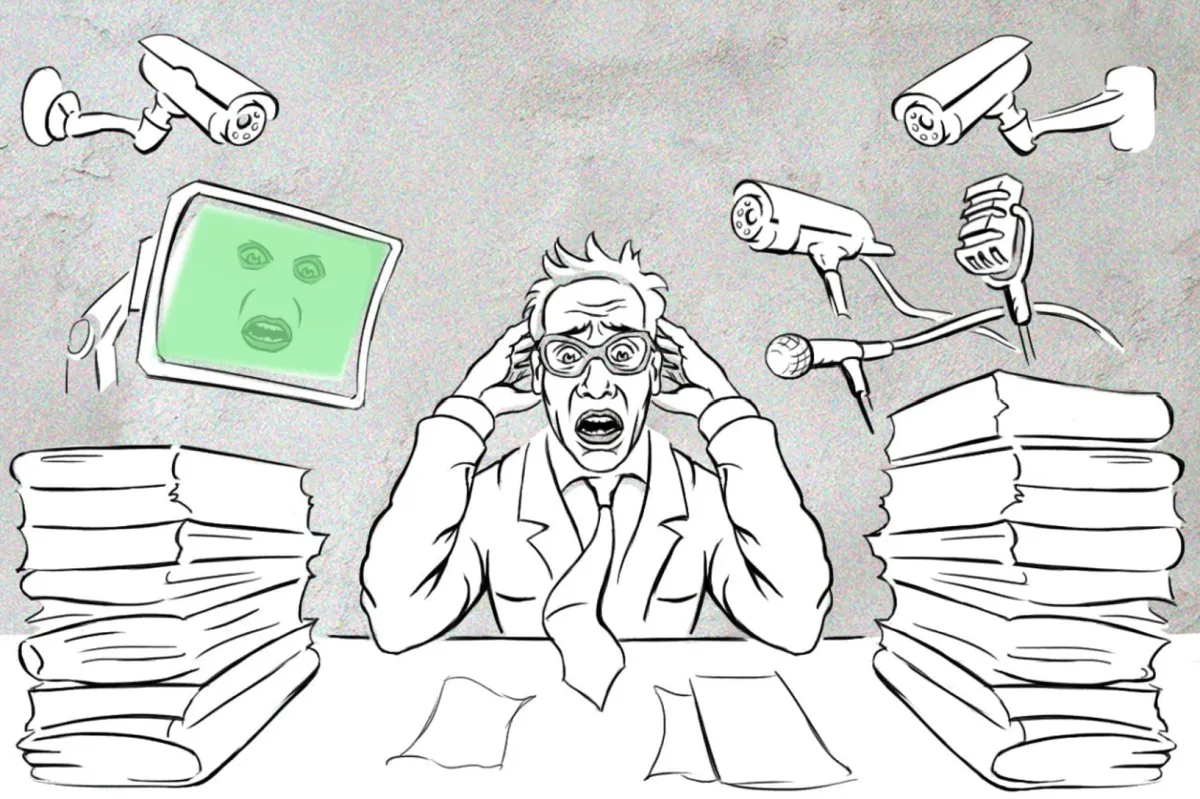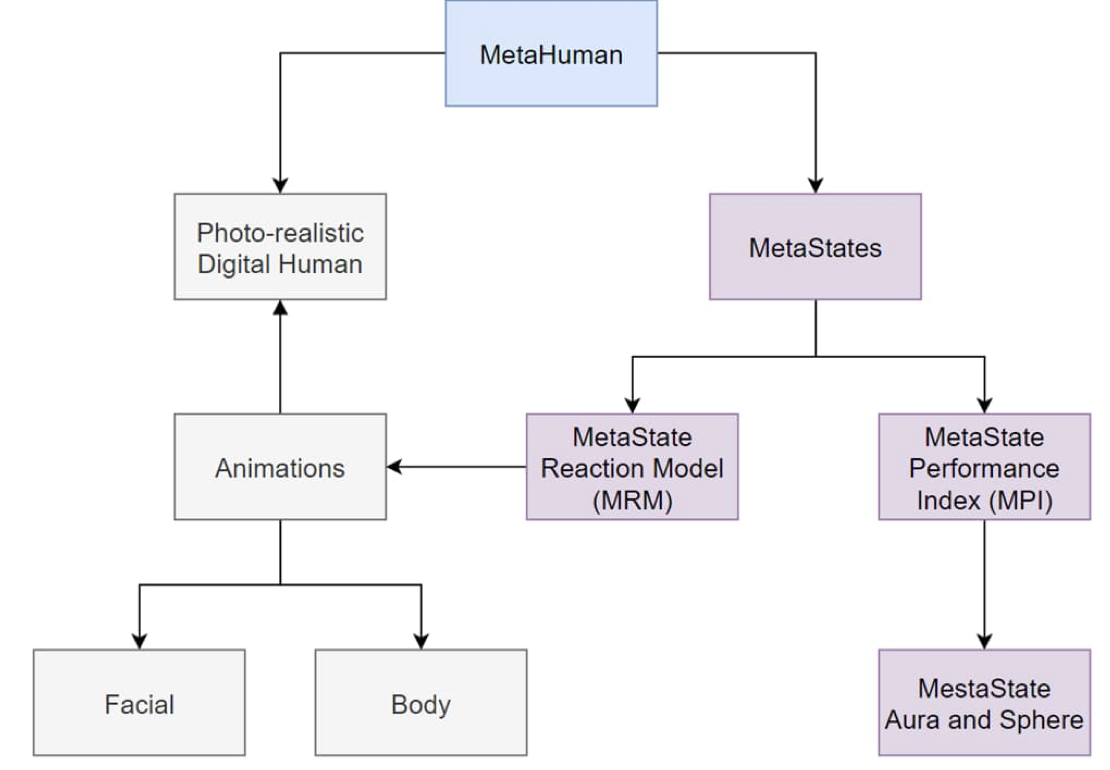
A photo-realistic avatar is a digital representation of a person, which is often used in video games and simulations. Advanced graphics technology allows avatars to look lifelike, but capturing sophisticated human features and emotions is still tricky.
A new report, “MetaStates: An Approach for Representing Human Workers Psychophysiological States in the Industrial Metaverse,” by two scientists from Tampere University, Finland, introduces the concept of MetaStates, the representation of relevant attributes to complement the photo-realistic avatar of a real human worker in the digital world or Industrial Metaverse.

“This approach represents a major step forward in the use of digital humans for industrial simulations, allowing companies to better leverage the benefits of the Industrial Metaverse in their daily operations and simulations while keeping human workers at the center of the system,” - says the study.
The study states that among the most relevant human factors to consider in the context of the Industrial Metaverse are stress, attention, cognitive workload, and physical fatigue. To identify the various states of workers, the authors suggest developing a MetaState Reaction Model (MRM) for each MetaHuman, as individuals differ in their ways of expressing internal states. Based on MetaStates, it is possible to assess the MetaState Performance Index, the overall status of the MetaHuman to perform a particular task, which is visualised with MetaState Aura and Sphere. Also the states can trigger specific animations further reflecting the real human state in the Metaverse.

Integrating MetaStates could potentially make simulations more realistic and valuable for companies, helping them better understand and manage the staff. The managers could make better decisions based on MPI without 'manually' evaluating workers’ conditions and monitoring basic metrics. At the same time, supervisors could monitor the working environment as a whole within the metaverse without having to leave their computers.
However, the concept might represent some risks to the management system. Avatars could be intentionally triggered to display specific emotions and status indicators by malicious actors - or maybe the workers themselves when they want to show better KPIs. Also, some [very] personal data could require protection after being included in the MetaState Reaction Model.
The study is an excellent example of the Metaverse having a use case outside of the entertainment industry. Nokia and Amazon are among the companies currently providing Industrial Metaverse solutions. Psychology has also been discussed recently as another application for analysing emotions in the Metaverse. Allegedly, these monitoring tools could become especially helpful for people who struggle to identify their emotions, giving therapists insight into a patient's true state.

